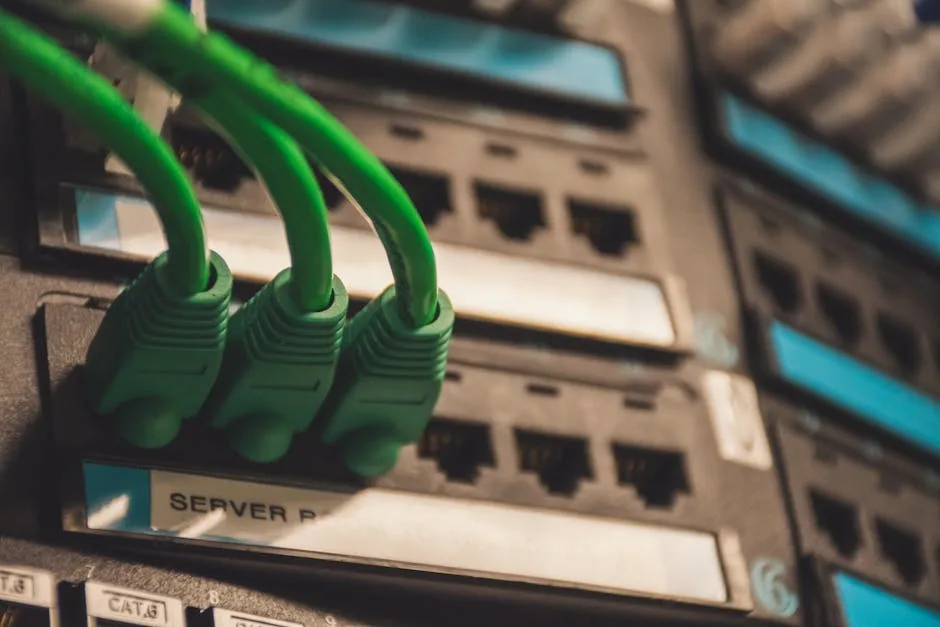
Recent reports of China developing a deep-sea device capable of severing undersea communication cables have sparked concerns about the vulnerability of critical infrastructure. While some sources describe it as a “terrifying” weapon that could disrupt global networks, others argue the technology is primarily for civilian cable repair. This article examines the facts, separating speculation from verified technical details.
Summary for Decision-Makers
The debate centers on a patented tool developed by China’s CSSRC, described as a diamond-coated grinding wheel operational at depths of 4,000 meters. Media outlets like the Daily Express frame it as a potential cyberwar weapon, while industry analysts at Telegeography emphasize its similarity to existing grapnel-based repair tools1, 2. Key considerations:
- Technical Reality: The device (patent CN111203499A) mirrors standard cable-repair equipment used since the 1960s.
- Military Potential: Integration with Chinese submersibles raises dual-use concerns, though no confirmed sabotage incidents exist.
- Global Impact: 95% of international data travels via steel-reinforced cables, making them high-value targets in conflict scenarios.
Technical Analysis of the Device
The CSSRC’s tool is designed to operate at 13,000ft (4,000m), targeting armored cables with a diamond-coated cutting mechanism. However, Telegeography’s research notes that most deep-sea cables lack steel reinforcement below 1–2km depths, reducing the practicality of such a tool for widespread disruption1. Existing commercial grapnels, like those from ETA Ltd., already function at 9,000m for maintenance purposes.
Patent documents describe the device as a “submarine cable grinding and cutting apparatus,” emphasizing its use for “emergency repairs.” No military applications are explicitly mentioned, though the absence of safeguards against misuse has fueled speculation2.
Geopolitical and Operational Implications
Undersea cables are critical to financial markets, cloud services, and government communications. A 2025 Daily Express article hypothesizes that cutting cables near Guam could trigger cascading failures, but redundancy measures by private companies (e.g., Google’s Dunant cable) mitigate this risk2.
NATO and allied nations have increased patrols near cable routes, while the private sector invests in alternative paths. The U.S. Navy’s Submarine Cable Reconnaissance Program monitors threats, though attribution of cable damage remains challenging due to natural causes like anchor drags.
Relevance to Security Professionals
For infrastructure defenders, the primary takeaway is the need for:
- Enhanced Monitoring: Deploying distributed acoustic sensing (DAS) to detect tampering near cable landing stations.
- Redundancy Planning: Advocating for mesh-network designs in critical data routes.
- Policy Engagement: Supporting international treaties to classify cable sabotage as a casus belli.
While the CSSRC device may not be a unique threat, its existence underscores broader vulnerabilities in undersea infrastructure. Proactive measures, rather than reactive hype, are essential to resilience.
Conclusion
The discourse around China’s cable-cutting technology reflects tensions between military preparedness and civilian innovation. Until peer-reviewed evidence confirms offensive capabilities, the focus should remain on hardening infrastructure and fostering cross-sector collaboration. Historical precedent shows that most cable faults are accidental, but preparedness for deliberate acts is prudent.
References
- One Patent to Rule Them All? Demystifying China’s ‘Terrifying’ Cable-Cutting Tech. (2025). Telegeography Blog. https://blog.telegeography.com/demystifying-chinas-terrifying-cable-cutting-tech
- China’s Terrifying New Device 13,000ft Under Sea That Could Plunge the World Into Darkness. (2025). Daily Express. https://www.express.co.uk/news/world/2031553/china-undersea-cables-taiwan-russia
- LinkedIn Post critiquing media hype. (2025). Telegeography. https://www.linkedin.com/posts/telegeography_one-patent-to-rule-them-all-demystifying-activity-7313547321735086080-y0HS
- Facebook Discussion on submarine detectors. (2025). David Michael & Friends. https://www.facebook.com/groups/438998686281155/posts/3025307600983571/
- Nestia News Aggregator. (2025). https://news.nestia.com/detail_share/13378006?media_type=1



